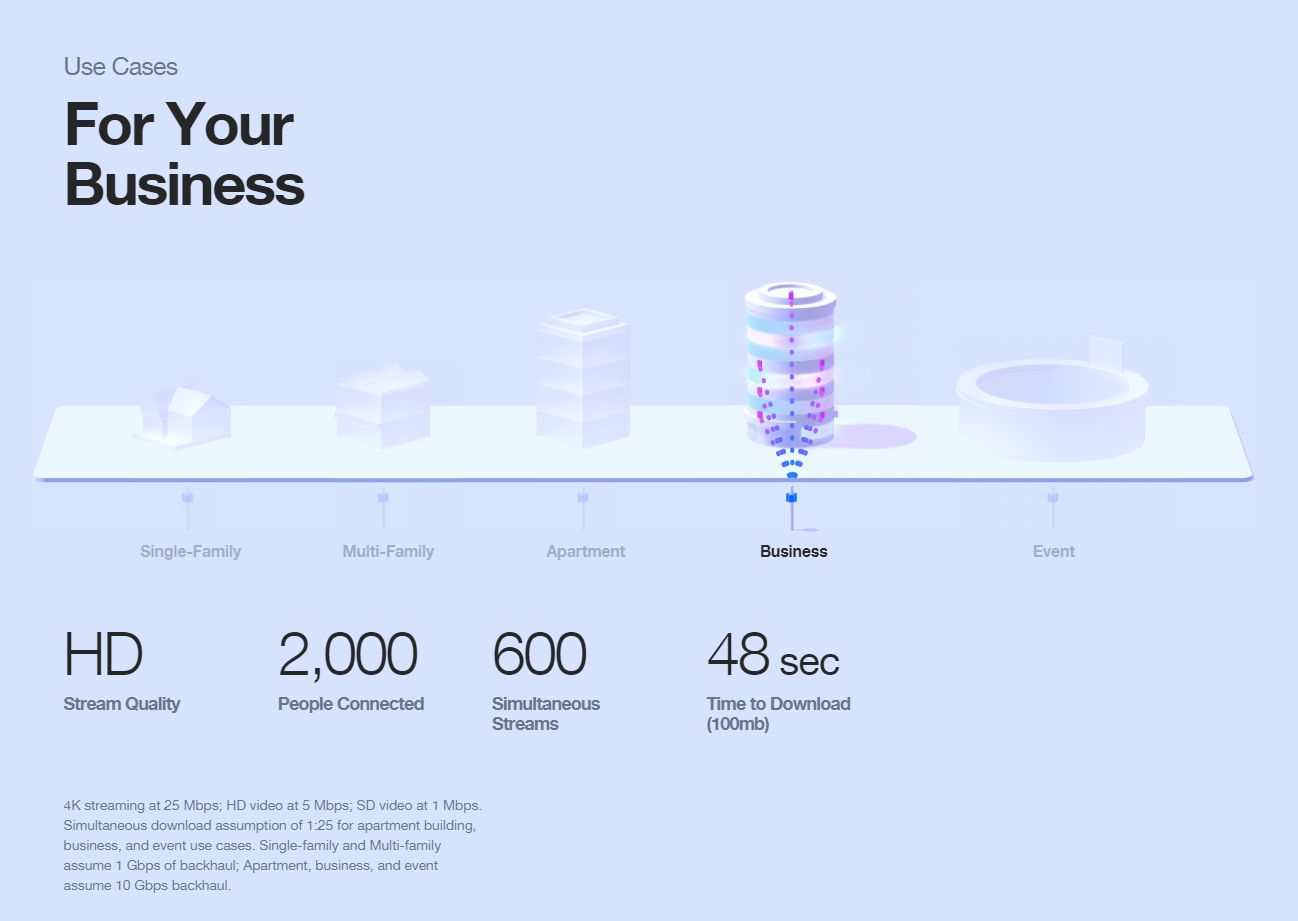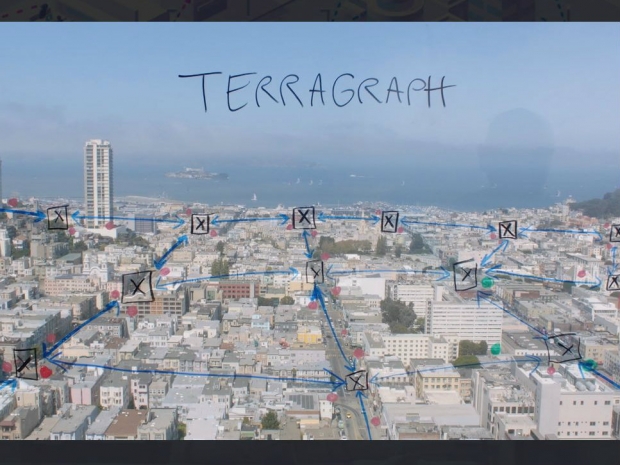Terragraph, as Facebook calls is it, feels almost like a fiber in the air connection based on the Wi-Fi mash model that has the goal of increasing internet speed in urban areas. This is a physical box that needs to be installed on a pole or a building and has the Qualcomm QCA6438 and QCA6428 family of pre-802.11ay chipsets. Facebook wants you to consume data at the fastest possible speeds and will help form relationships with cities and carriers.
802.11 ay for Terragraph speeds
Don’t let yourself be confused, the 802.11 ay is the protocol that comes after 802.11 ax. Qualcomm is launching ax chipsets for phones and access points/routers this year and they will even support the new WPA3 security protocol. The 802.11 ay is currently in a draft phase but Qualcomm has quite a good idea where things are heading and is ready to work with Facebook to enable 10 Gbps like speeds between these Terragraph boxes.
One way of looking at 802.11 ay is like the 802.11 ad WiGig on steroids, as it uses the best from this protocol at 60GHz as well as Mesh models popularized with the last years releases of 802.11 ac but the final 802.11 ay standard might be a few years in the future. This is why both Facebook and Qualcomm call this a pre-release. One ready, 802.11 ay with MIMO can get you to speeds faster than 140 Gbps and distances larger than 1000 feet (300 meters).
https://www.fudzilla.com/news/network/46333-qualcomm-supports-wpa3-wireless-security
Terragraph uses the 60GHz spectrum to provide the fixed wireless access (FWA) to offer consumers in urban areas access to high speed broadband connections. The companies expect to begin trials of the integrated solution by mid 2019.
60GHz mmWaves
The 60GHz mmWave is the same unlicensed spectrum that is used by the 802.11 ad, a protocol that can get you up to 5 Gbps in great conditions. The 60GHz frequency uses very fast mmWaves, again something that we will end up seeing in 5G NR starting later this year in trials, but booming in the second part of 2019.
Facebook’s Terragraph technology supports broadband connectivity through a network based on millimeter-wave wireless backhaul. It is based on the pre-802.11ay standard with enhancements provided by Qualcomm’s chipset and integrated software between Facebook and Qualcomm to support efficient outdoor operation and avoid interference in dense environments.
Specifically, Qualcomm Technologies has optimized its solution for outdoor backhaul by introducing a number of enhancements such as TDMA-based protocol, time synchronized nodes, channel bonding and massive antenna array among others, to overcome large obstacles in dense urban environments, deliver high-capacity coverage, and the potential to reduce costs and time to market. Terragraph will definitely help out the carriers unload their 5G networks and still getting the fastest possible speed for its end users. 
Irvind Ghai, VP, product management at Qualcomm
“Our collaboration with Facebook will bring advanced 11ad and pre-11ay technologies to market increasing broadband penetration and enabling operators to reduce their capex for last mile access. Terragraph cloud controller and TDMA architecture coupled with Qualcomm Technologies solution’s 10 Gbps link rate, low power consumption and early interference mitigation techniques will help make gigabit connectivity a reality.”
Yael Maguire, vice president of connectivity, Facebook.
“We’re excited to work with Qualcomm Technologies to advance the adoption of pre-802.11ay and 802.11ad 60GHz technologies and build a robust ecosystem of interoperable solutions based on Terragraph. With Terragraph, our goal is to enable people living in urban areas to access high-quality connectivity that can help create new opportunities and strengthen communities.”




